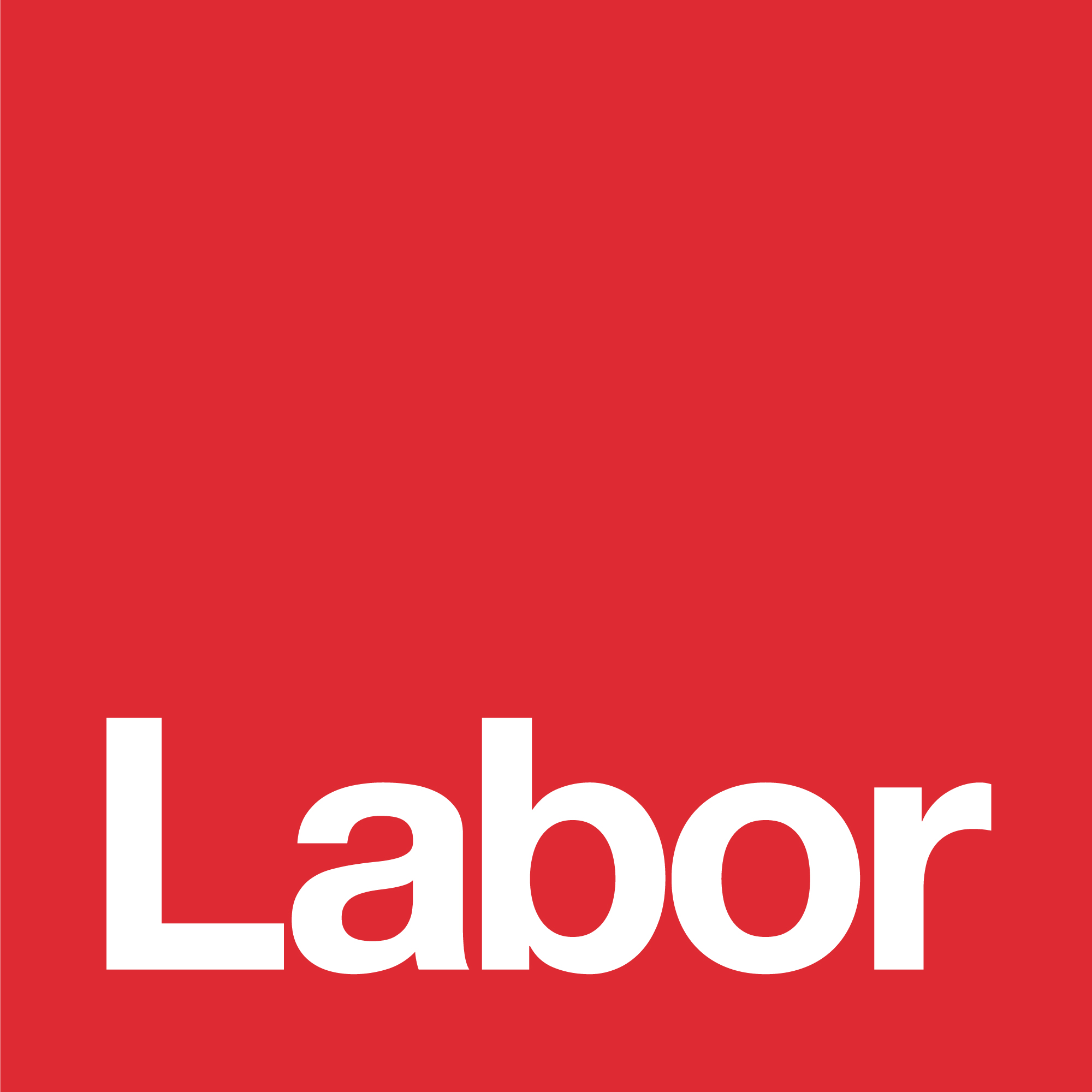
DAN REPACHOLI MP
FEDERAL MEMBER FOR HUNTER
MEDIA RELEASE
25 February 2025
NUCLEAR AN UNACCEPTABLE FINANCIAL RISK FOR TAXPAYERS AND WONT BE BUILT BEFORE MID-2040’S INQUIRY FINDS
A national inquiry into the suitability of nuclear power generation for Australia has found the cost to build it is so significant it would be an “unacceptable financial risk” for taxpayers.
The report from the House of Representatives Select Committee on Nuclear Energy also finds that anyone developing nuclear power stations in Australia would face significant challenges in having a plant operational before at least the mid-2040s.
The report considers testimony provided across 19 days of hearings at locations around Australia, including in each of the regions where nuclear reactors are slated to be built under the Coalition’s scheme. This includes visits to two of the actual sites of proposed reactors in Queensland.
It also considers information and opinions contained in 857 written submissions.
The report sets out key testimony and submissions that address a range of issues to be considered in determining whether nuclear energy generation is right for Australia.
Considerations include reliable energy provision and demand, workforce needs, and emissions reductions between now and 2050.
While the report suggests nuclear power is unsuitable for Australia because it is too slow and too expensive, it also finds further issues should also be considered when assessing suitability.
This includes the existing national and state bans on nuclear, water usage, waste management, safety and health risks for the community and workers, compulsory acquisition of land for sites, and options for management of nuclear fallout in the event of a disaster need to be factored into decision making.
Ultimately, the committee concluded that given factors that specifically affect deployment timeframes and the cost to the taxpayer in Australia, nuclear power generation is not suitable to be included as part of our energy grid.
On deployment timeframes:
Testimony from a range of submitters suggests there are a number of factors affecting deployment timeframes for nuclear power plants.
However, in addition to evidence setting out the history of construction delays in the nuclear energy sector around the world, submitters raised a number of barriers unique to Australia that make it more likely that projects built here would take longer than anticipated to plan and build.
An overview of evidence on timelines is set out in Table 1, below.
The evidence presented to the Committee was clear, and contradicted statements from the Coalition that they could build a nuclear reactor by 2035, or 2037, and the next by 2040.
Instead, the Committee heard over and again that establishing a nuclear energy sector in Australia from a standing start is likely to take until the mid-2040s, at the earliest. This also assumes absolute best-case scenario timing, smooth and rapid navigation of complex legal hurdles, and avoiding all of the common delays currently being experienced overseas.
It also noted while there are shifting perceptions of nuclear’s viability in Australia, overall “there continues to be a lack of broad support.”
On cost:
The committee heard that providing an accurate forecast of the cost to build a nuclear power industry from scratch is complex, and should also account for reactor design, scale of the nuclear build program, experience of local industry, insurance, waste management and transportation, repair to nuclear power plants to extend their life beyond 40 years, and decommissioning.
Testimony from the Smart Energy Council suggests the cost could be up to $600bn but notes “it could probably be more than that”.
Analysis by Danish megaproject expert Bent Flyvbjerg was also presented to the Committee which showed “billion-dollar projects habitually blow out in cost and schedule. In [the] list of 25 project types, nuclear power comes in as the third worst, with an average cost overrun of 120 per cent”.
The Institute for Energy Economics and Financial Analysis also cautioned that contrary to other countries such as South Korea and Japan that have brought build costs down because of their large continuous build program, “there will be limited scope to achieve learning-based cost reductions like those” due to the “small size of any potential Australian nuclear build out program”.
Ultimately it finds that for the same reasons that private sector companies are reluctant to invest in nuclear (long construction times, very high capital costs, delivery uncertainty), the committee finds it would therefore also be a bad investment for Australia’s taxpayers to be forced to make.
“In the Australian context [nuclear] is currently not a viable investment of taxpayer money,” the report finds, with “the lack of private sector investment indicative of the financial challenges for this source of energy”.
It therefore concludes "taxpayer funding of an uncertain nuclear venture [is] an unacceptable risk, particularly during a cost-of-living crisis.”
Comments from Committee Chair and Member for Hunter, Dan Repacholi MP:
“After 19 public hearings and more than 800 submissions, it’s clear. Nuclear power is not just an expensive gamble, but an unacceptable financial risk for Australian taxpayers.
“The time, cost, and uncertainty involved make it a poor investment in our energy future.
“The evidence is overwhelming - there is simply no way a nuclear power plant could be operational in Australia before at least the mid-2040s. Any suggestion otherwise ignores the complex legal, logistical, and financial hurdles we face.
“Nuclear power projects worldwide routinely suffer massive cost blowouts, and Australia would be no exception. With estimates exceeding $600 billion, it’s clear that nuclear energy would be an enormous burden on Australian taxpayers.
“If nuclear energy were a sound investment, private industry would be lining up to fund it. Instead, the lack of private sector interest tells us everything we need to know – nuclear is too slow, too costly, and too risky for Australia’s energy future.
“Australia has abundant, affordable, and proven renewable energy options available right now. Instead of wasting time and money on nuclear we should be accelerating the transition to clean, cost-effective energy solutions that can deliver results today.”
Table 1
|
Pre-construction timeframe |
||
|
Removing the federal prohibition and securing agreement with states and territories |
Clare Savage, Chair Australian Energy Regulator |
8 – 10 years |
|
Building social licence, including consultation on siting and feasibility |
Nate Smith MD, CEO Tellus (nuclear waste management facility examples) |
8- 13 years |
|
Review of existing regulatory framework and development of a clear regulatory position |
ARPANSA CEO Dr Gillian Hirth |
10-15 years
|
|
Construction timeframe (first pouring of structural concrete to grid connection) |
||
|
Construction schedule |
Australian Nuclear Research and Education Network |
5 – 20+ years |
|
Valley Alliance |
7 years |
|
|
William Shackel, Founder Nuclear for Australia |
15 years |
|
|
Steven Nowakowski, Rainforest Reserves Australia |
15 years |
|
|
Andrew Whittaker Director Institute of Sustainable Transportation and Logistics University of Buffalo |
5 – 10 years |
|
|
Paul Graham, Chief Economist, Energy, CSIRO |
15 years |
|
|
World Nuclear Industry Status Report 2024 |
7 – 15 years |
|
ENDS



